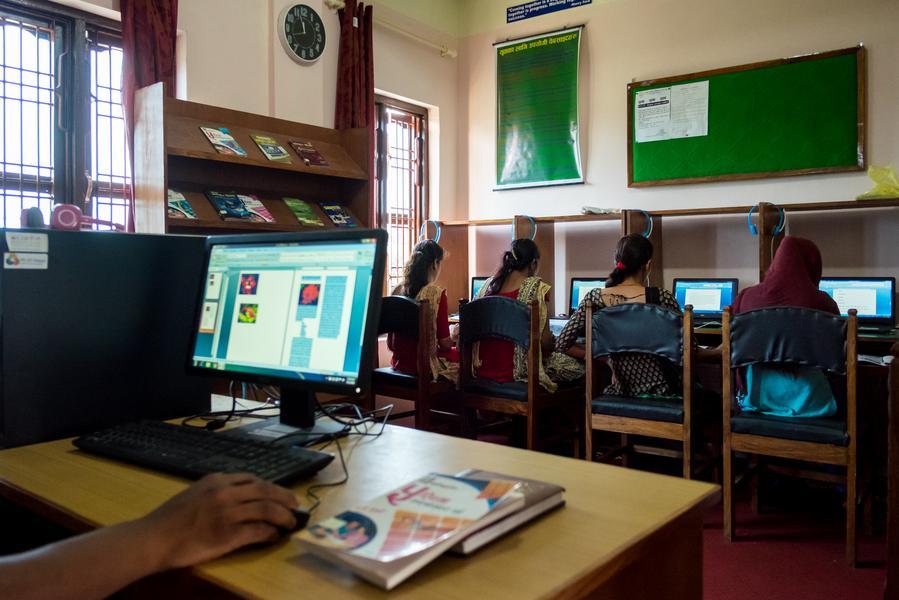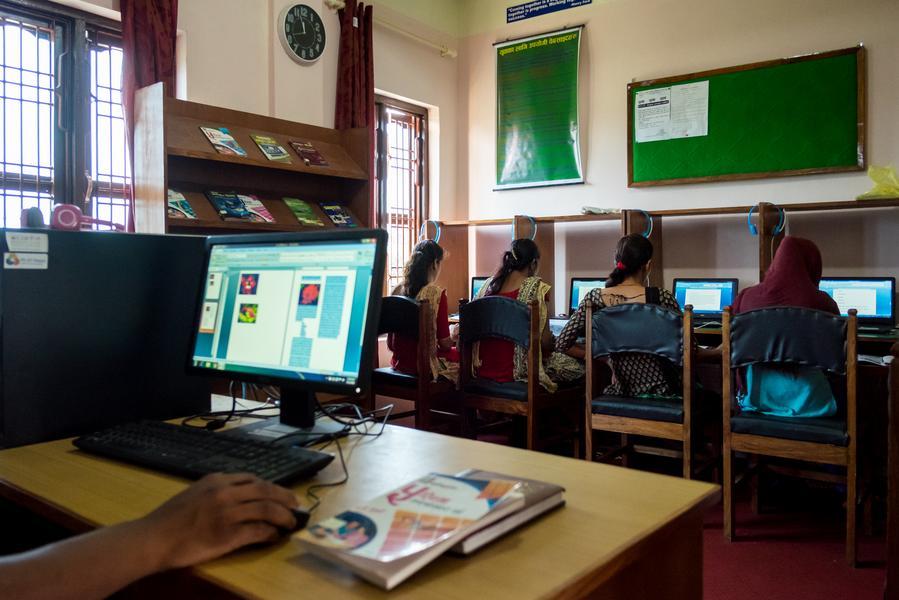Context and Issue
Empowering parents with informed choices in primary education can have far-reaching implications for student outcomes and the overall education market. However, many families lack comprehensive information about school quality, performance, and value-added measures. This information gap can lead to suboptimal school choices, ultimately impacting student achievement and perpetuating inequalities in educational opportunities.
Solution
To address this issue, a policy intervention was designed to produce more informed consumers in the primary education market. This intervention involved a personalized information provision strategy targeting families of public Pre-K students entering elementary schools in Chile. Through a randomized control trial, the intervention aimed to provide families with tailored information about school quality, test scores, value-added measures, and other relevant factors to aid their decision-making when choosing a school for their children.
Impact
The results of the randomized control trial demonstrated the profound impact of the information provision intervention. Families who received the personalized information exhibited a significant shift in their school choices, opting for institutions with higher average test scores, value-added measures, and higher prices. Interestingly, these families also tended to choose schools further from their homes, suggesting a willingness to travel for better educational opportunities.
Notably, the intervention's effects extended beyond the initial school choice. By tracking students through administrative data, researchers found that academic achievement on test scores was approximately 0.2 standard deviations higher among treated families five years after the intervention, highlighting the long-term positive impact on student learning outcomes.












